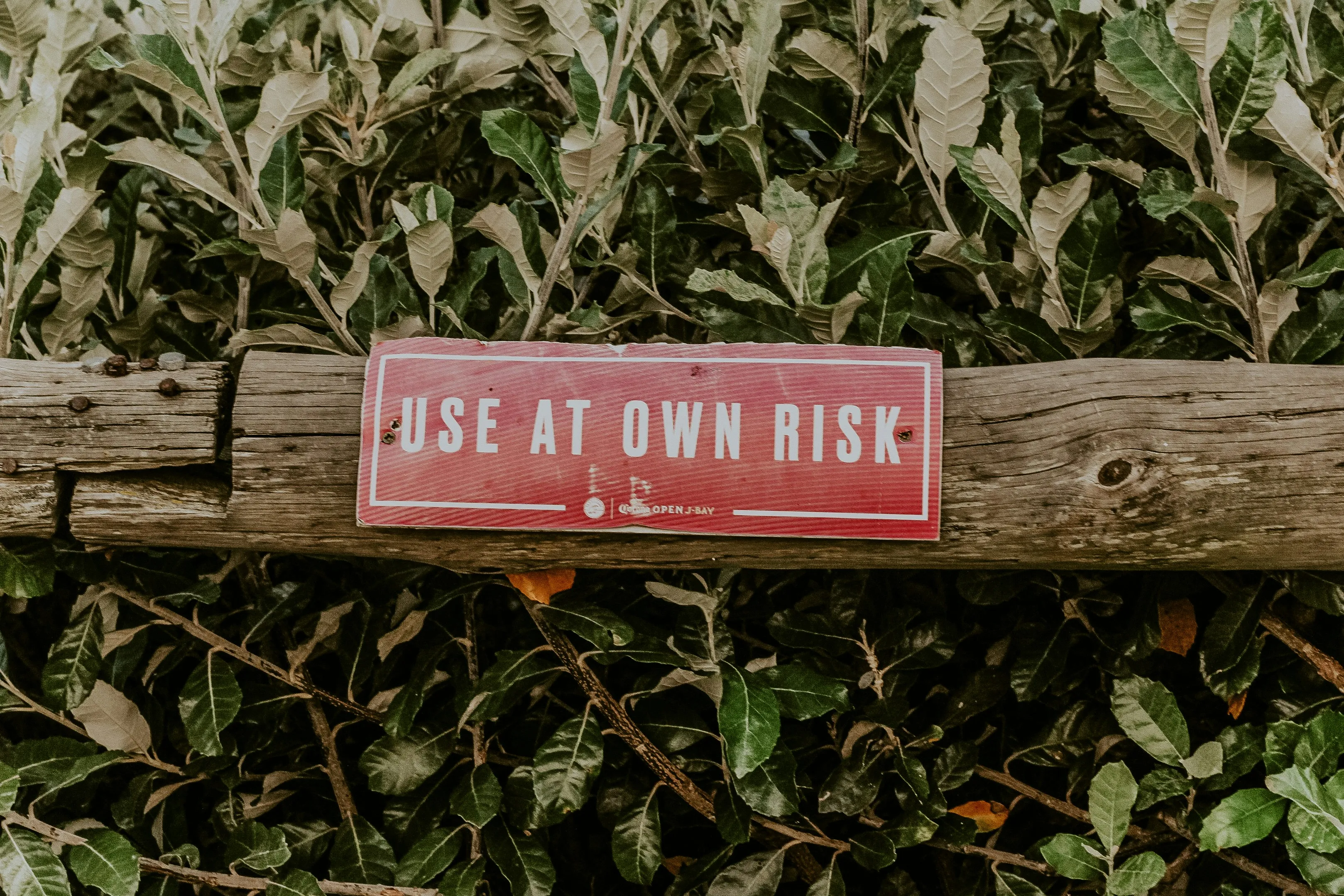Risks of ice therapy
We have a duty of care to our customers and it is important that we make you aware of the risks associated with incorrect use of any cryo/cold products. If you have ordered your machine through the referral of your medical practitioner always ensure you enquire about these risks and how they recommend you use the equipment.
If you apply the cold therapy equipment for too long and / or at too low a temperature the risks you are exposing yourself to is as follows:
- Loss of circulation to the area being treated
- Skin damage - for example burns, blistering
- Peripheral nerve injury
- Chronic pain
- Tingling or numbness
- Frostbite
- Scarring
- Disfigurement
- Tissue damage
- Permanent nerve damage
- Tissue death or necrosis
- Infection
- Amputation
This is not an exhaustive list of potential risks you may be exposed to if you use the equipment incorrectly. If you experience any of the risks stated please consult your doctor immediately. Please ensure you read our medical conditions page to consider whether this is the right product for you.
.Logo-36b59b1f1767c6a6f25d0cc22479678a906973abb95cdc4e28ee3ff963c67d8e.jpeg)
